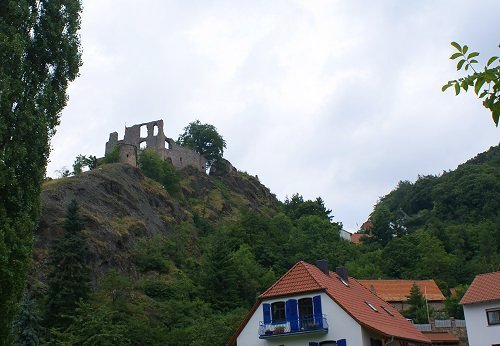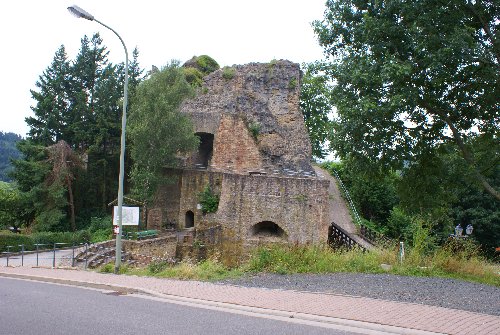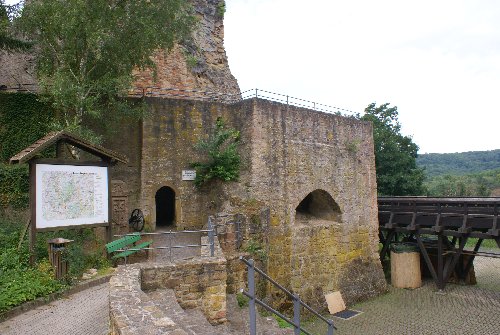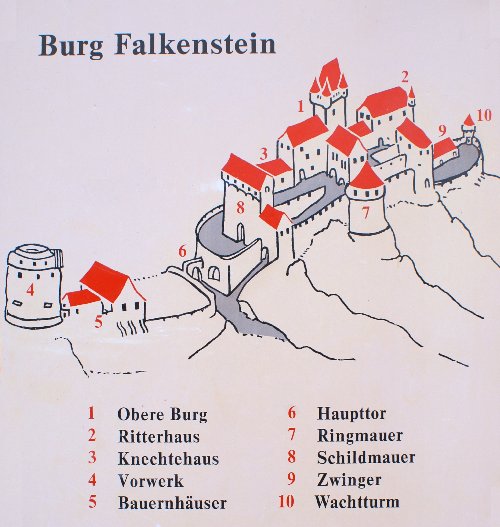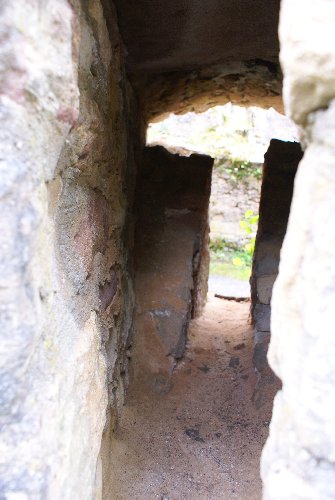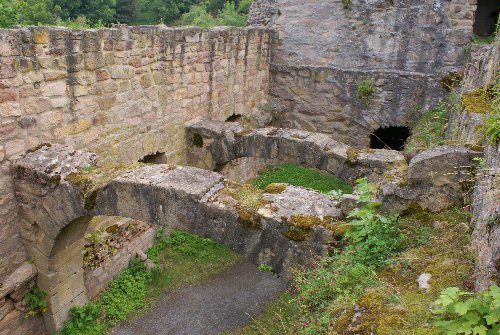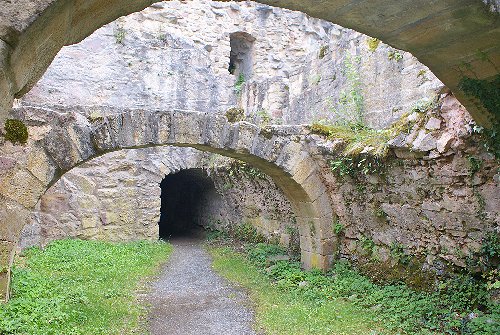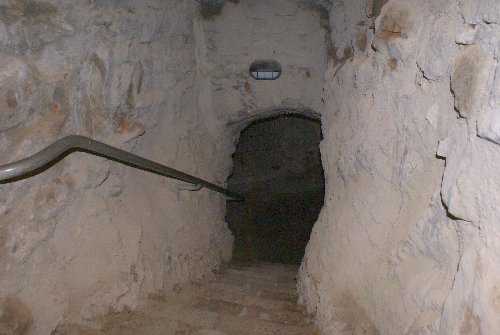Falkenstein-Pfalz, bei Rochenhausen was not orginally on our planned itinerary. However, it happened to be close to the pension where we were staying, so we decided to do a drive by to check it out. We were quite surprised by what we found. While not the best castle out there, it was certainly better than some we found highlighted in red on a map (to indicate it was a special place of interest).
Falkenstein-Pfalz provides an excellent example about being open minded to where you travel, especially avoiding the tourist areas.
The castle was first mentoned in 1135, being owned by the Lords of Falkenstein. In 1233, the castle passed to Philip I, a member of the court of the Holy Roman Empire and the overseer of Trifels castle. By 1628, the castle passed to multiple owners, including the Lord of Oberstein and Manderscheid, its owners remaining loyal to the Holy Roman Empire. The castle was besieged and taken by the French in 1647, during the closing months of the Thirty Years War. The outer walls were demolished and much of the rest of the castle was dismantled. The ruined structure still had some value and was purchased by the Duke of Lorraine in 1667. The property became part of the dowry when Francis Stephan of Lorraine married the Habsburg empress Maria Theresa, thus passing to the Habsburg house. The castle would later pass to public ownership and some reconstruction would begin in 1979.
Left, the entrance way into the castle. The dry moat is now mostly paved with cobblestone. Below, a reconstruction diagram as to what the structure looked like before being destroyed in 1647.
The photo at right shows one of the loopholes, primarily meant for crossbow use, in the side of the castle. Below, two photos showing some of the subterranean structure that has survived. The supporting arches have survived which would have supported a stone floor above. The destruction of the castle would have left a significant debris field in the lower rooms of the castle.
Right and below, several photos showing some of the lower passages that have survived. These passages have received some modest reconstruction and cement paste to shore up crumbling damage. Nevertheless, evidence of decay still are clearly extant.
